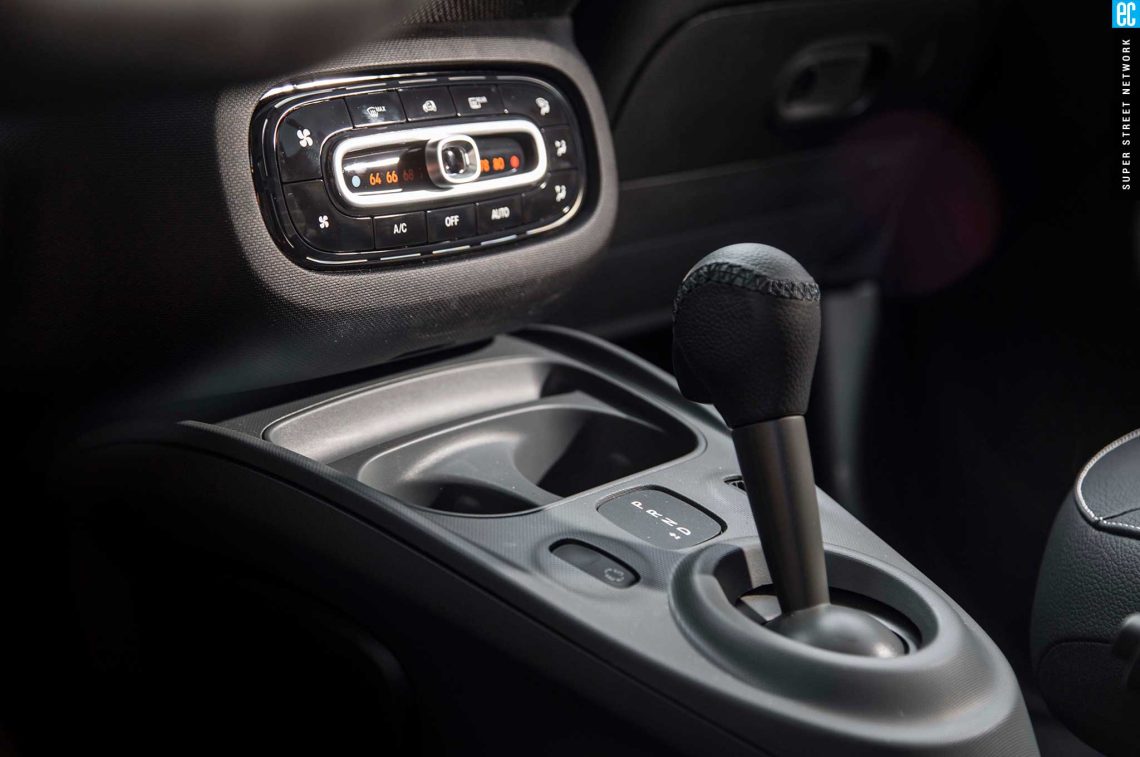Smart cars‚ those quirky and compact city dwellers‚ have sparked curiosity since their inception. One of the most common questions revolves around their transmission: Does the Smart car have automatic transmission? It’s a valid question‚ especially for drivers accustomed to the ease of automatics. Let’s dive into the world of Smart car transmissions and uncover the answer‚ exploring the different options available throughout its production years. Get ready to shift gears (pun intended!) as we explore the gearbox of these diminutive vehicles.
Understanding Smart Car Transmission Options
The answer to whether a Smart car has an automatic transmission isn’t a simple yes or no. It depends on the specific model and year. Initially‚ Smart cars were equipped with a semi-automatic transmission‚ often described as an automated manual. Let’s break down the different types you might encounter:
- Semi-Automatic: This is essentially a manual transmission without a clutch pedal. The car handles the clutch engagement and disengagement automatically‚ but you still shift gears using paddles or a gear lever.
- Automatic (Dual-Clutch): Later models‚ particularly the third-generation Smart Fortwo‚ offered a true automatic transmission‚ specifically a dual-clutch transmission (DCT). This provides smoother and faster gear changes compared to the semi-automatic.
So‚ while early Smart cars didn’t have a traditional automatic in the way most people understand it‚ later models did offer a genuine automatic option. It’s all about knowing which generation you’re looking at!
Exploring the Semi-Automatic Transmission in Smart Cars
The semi-automatic transmission in the first and second generation Smart Fortwo models was a unique beast. It offered a blend of manual control and automatic convenience. But how exactly did it work?
How the Semi-Automatic Transmission Functions
Imagine a manual transmission where a computer controls the clutch. That’s essentially what the semi-automatic in the Smart car was. You would still shift gears using paddles behind the steering wheel or by nudging the gear lever‚ but you wouldn’t need to worry about operating a clutch pedal. The car would handle the clutch engagement and disengagement for you‚ making it easier to drive in stop-and-go traffic.
Pros and Cons of the Semi-Automatic
Like any system‚ the semi-automatic transmission had its advantages and disadvantages:
- Pros:
- Fuel efficiency comparable to a manual transmission.
- More engaging driving experience than a traditional automatic.
- Easier to drive than a full manual‚ especially in city environments.
- Cons:
- Jerky shifts‚ especially at low speeds.
- Slower shift times compared to a traditional automatic or dual-clutch transmission.
- Could feel unfamiliar to drivers used to traditional automatics.
The Automatic (Dual-Clutch) Transmission in Later Smart Car Models
The third-generation Smart Fortwo brought a welcome change for those craving a true automatic experience: a dual-clutch transmission (DCT). This marked a significant improvement in terms of smoothness and shift speed.
Benefits of the Dual-Clutch Transmission
A DCT uses two separate clutches‚ one for odd-numbered gears and one for even-numbered gears. This allows for incredibly fast and seamless gear changes‚ as the next gear is pre-selected and ready to engage. The result is a much smoother and more refined driving experience compared to the earlier semi-automatic.
Why the Switch to Automatic?
The move to a DCT was likely driven by customer feedback and a desire to make the Smart car more appealing to a wider audience. A true automatic transmission offers a more familiar and user-friendly experience for drivers accustomed to traditional automatics.
Frequently Asked Questions About Smart Car Transmissions
Q: Are all Smart cars automatic?
A: No‚ not all Smart cars are automatic. Early models used a semi-automatic transmission‚ while later models offered a dual-clutch automatic transmission.
Q: What is a semi-automatic transmission?
A: A semi-automatic transmission is a manual transmission where the clutch is operated automatically by the car. You still shift gears‚ but you don’t need a clutch pedal.
Q: Is the dual-clutch transmission in the Smart car reliable?
A: Generally‚ the dual-clutch transmission in the Smart car is considered reliable‚ but like any transmission‚ it’s important to follow the recommended maintenance schedule.
Q: Which Smart car models have a true automatic transmission?
A: The third-generation Smart Fortwo (produced from 2014 onwards) offered a dual-clutch automatic transmission.
So‚ does the Smart car have automatic transmission? The answer is nuanced. Early models featured a semi-automatic‚ while later versions embraced the smoother‚ more conventional dual-clutch automatic. Ultimately‚ the best transmission for you depends on your driving preferences and the specific model year you’re considering. Whether you prefer the engaging feel of a semi-automatic or the effortless convenience of a true automatic‚ there’s a Smart car transmission option to suit your needs. Just remember to do your research and understand the differences before making your choice. Happy driving!






